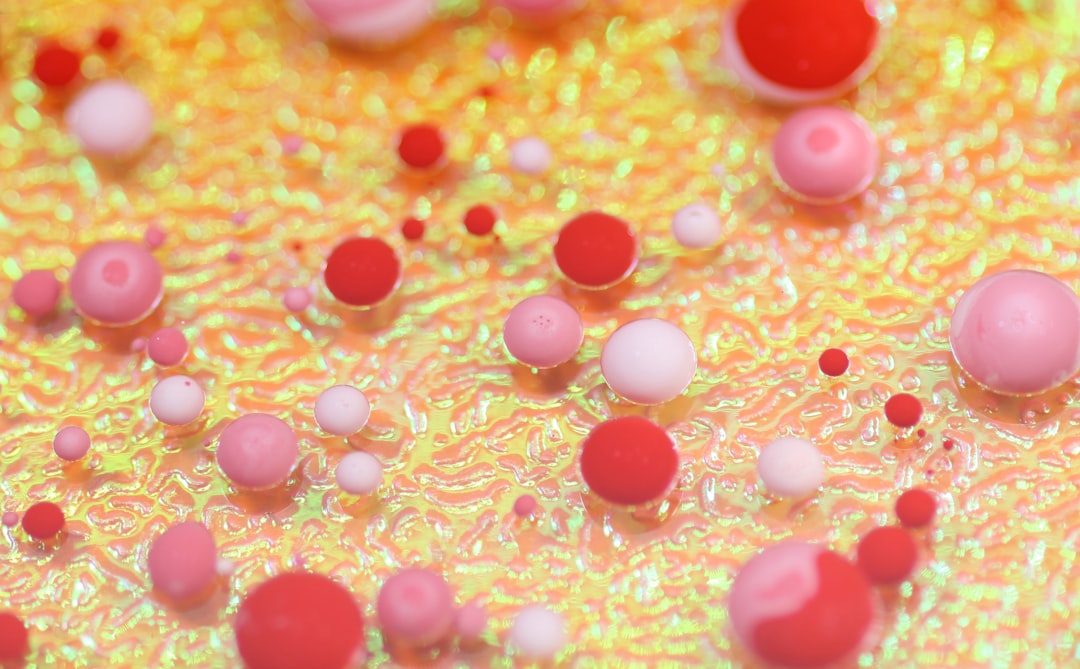What is it about?
It is widely accepted that ageing is a process and a consequence of cellular, structural and biomechanical alterations at both molecular and tissue levels. Our study approaches fibroblast ageing through accurate measurement of cell contraction force using a nano-biomechanical technique on cell-embedded collagen hydrogel. This technique comprehensively mimics the in vivo conditions of the skin tissue, retaining all aspects of cellular signalling and cell-matrix interaction for better understanding of how ageing changes fibroblast contractility. We have also applied TGF-β1 in assessing the ability of fibroblasts to engage in normal skin homeostasis. Our results quantitatively revealed the higher basal contractility of aged dermal fibroblasts and a significant increase in contraction force generation of the young fibroblasts, which have not been previously reported. Thus, our paper will be a great interest for the researcher who works on molecular pathways of contractile cell species.
Featured Image

Photo by Rod Long on Unsplash
Why is it important?
This work has two distinctive merits. First, it addresses chronological fibroblast ageing, which is an ever-growing area of research in the cell biology and biochemistry field. Second, it offers a precise and cell-friendly technique in reliably quantifying cell contraction. This work effectively bridges cell biology and biophysics together in the form of cell mechanics, providing new insights into future studies on cells at the molecular level such as mechanotransduction, cellular interactions and cytoskeletal functions.
Perspectives
These findings validate our nano-biomechanical measurement technique and provide new insights for considering NHDF contractility in regenerative medicine and as a biomarker of dermal ageing processes.
Dr Isaac LIU
University of Warwick
Read the Original
This page is a summary of: Ageing modulates human dermal fibroblast contractility: Quantification using nano-biomechanical testing, Biochimica et Biophysica Acta (BBA) - Molecular Cell Research, April 2021, Elsevier,
DOI: 10.1016/j.bbamcr.2021.118972.
You can read the full text:
Contributors
The following have contributed to this page










